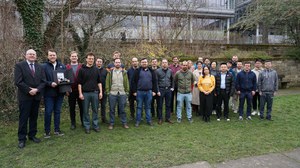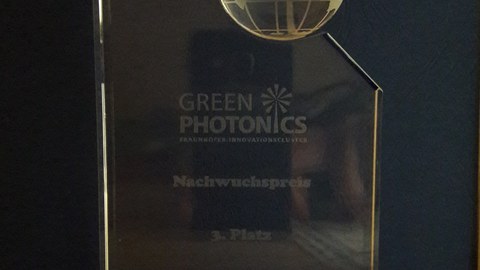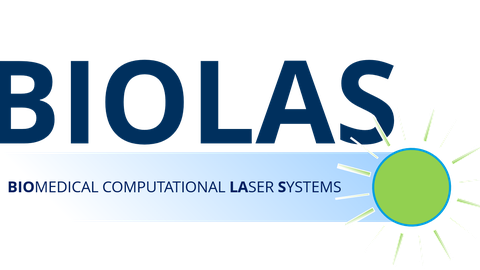Introduction
Paradigm changes on Computational Metrology of the Laboratory MST:
- Field programmable system-on-chip based control system for real-time distortion correction in optical imaging (low-latency adaptive optics)
- Smart aberration correction microscopy with adaptive lenses for zebrafish studies
- 3D measurements in smart microscopy and microfluidics using helical wavefronts
- Imaging through thick scattering tissue (skull of mice)
- Lensless computational endoscopy for cancer studies
- Holographic stimulation for in-vitro investigations of human induced pluripotent stem cell derived neural networks
- High speed holographic interferometry for sound and flame tomography
- Adaptive optical image correction for flow measurements, e.g. of fuel cells
- In process non-destructive testing for high-speed fiber reinforced plastics
- Computational ultrasound imaging for monitoring industrial processes
and medical diagnostics
- Physical layer security with spatial light modulators in optical communication
 © TU Dresden
© TU Dresden
Novel systems research and development
At the chair MST, novel systems utilizing coherent electromagnetic and utrasound waves are realized involving a cooperation network. Outstanding research achievements have been made in adaptive optics and wavefront control. Adaptive lenses were used to realize novel microscopes for studying the thyroid gland in transgenic organisms. Optical in-situ 3D shape measurement with keyhole access was performed for machine tools, enabling 100% quality control. The realized ultrasound-based systems allow flow measurements of liquid semiconductors, providing new insights into crystallization processes (photovoltaics).





